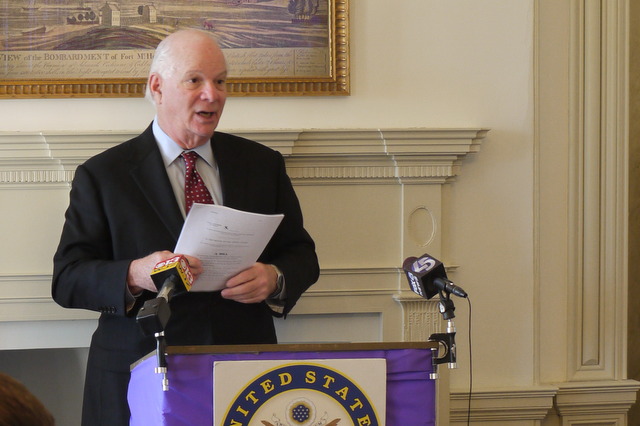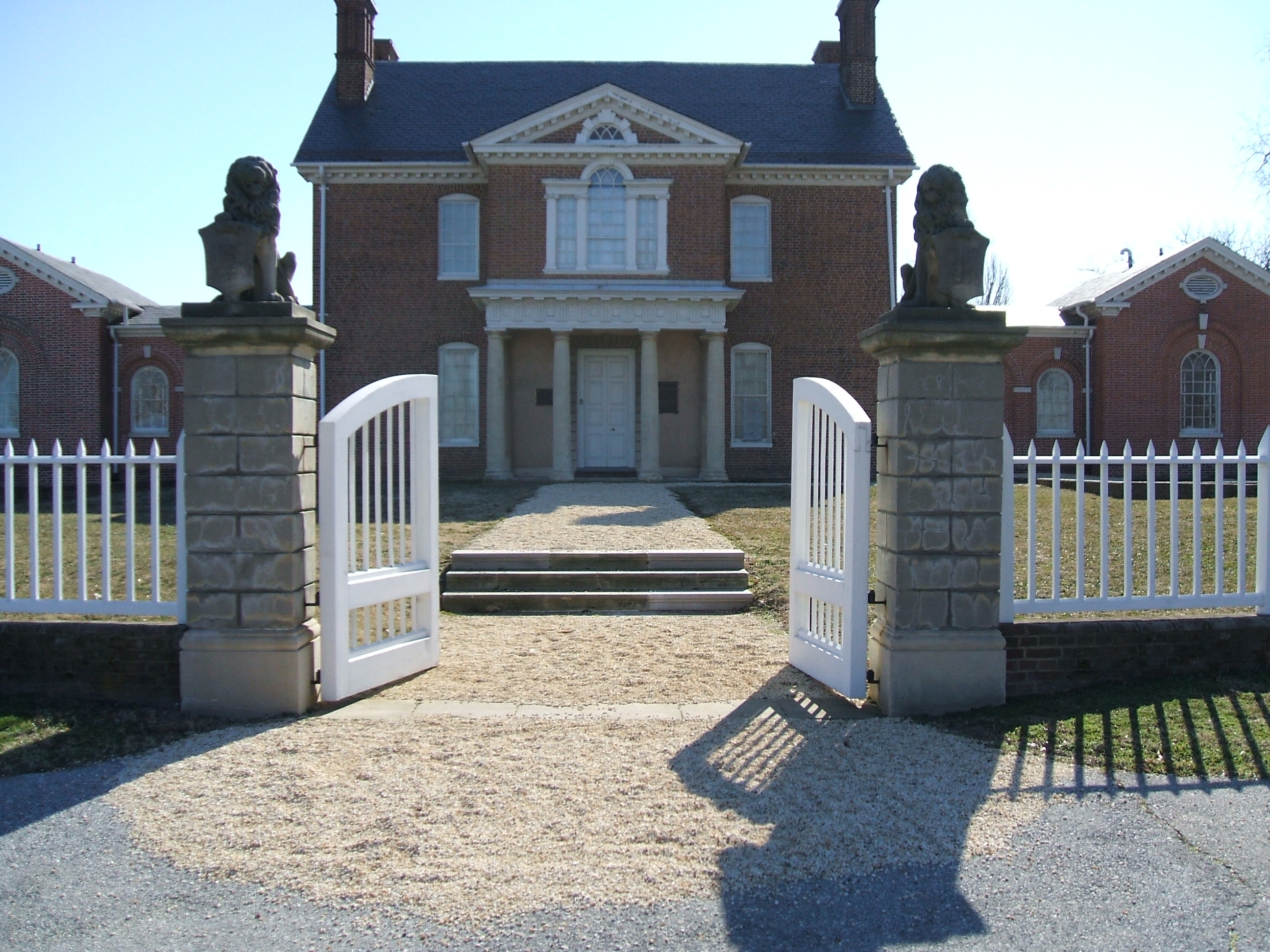Yesterday afternoon, Senator Ben Cardin announced the introduction of new legislation in Congress to expand the reach of the federal historic rehabilitation tax credit program. This would be great news for us in Baltimore, and in fact Senator Cardin chose Baltimore’s own Clifton Mansion, which the nonprofit Civic Works is restoring with the help of the current federal program, as the location to make his announcement.
Senator Cardin’s bill, the Creating American Prosperity through Preservation (CAPP) Act, helps smaller projects by increasing the tax credit on projects of $5 million or less and promote energy-efficiency. By supporting historic preservation across the nation, this bill also has tremendous potential to create jobs as Senator Cardin said yesterday:
“I am extremely proud of this bill because it will help ensure that historic properties are restored and made useful once again, while creating jobs that will stimulate greater economic activity. The Historic Tax Credit has created some 2 million jobs nationwide since 1978 and by expanding the program to include energy-efficient improvements and additional restoration projects, we can create thousands of new jobs in renovating historic properties.”
In Baltimore, the federal credit has been instrumental in numerous historic rehab projects including the American Can Company, Tide Point, the Hippodrome Theater, Clipper Mill, and Montgomery Park, just to name a few. The National Trust for Historic Preservation joined Senator Cardin in announcing that the CAPP Act is their top legislative priority for 2012. Republican Senator Olympia Snowe from Maine is a co-sponsor of Senator Cardin’s bill and with bi-partisan support in the Senate we hope that Senator Cardin is successful and that the bill will become law.



